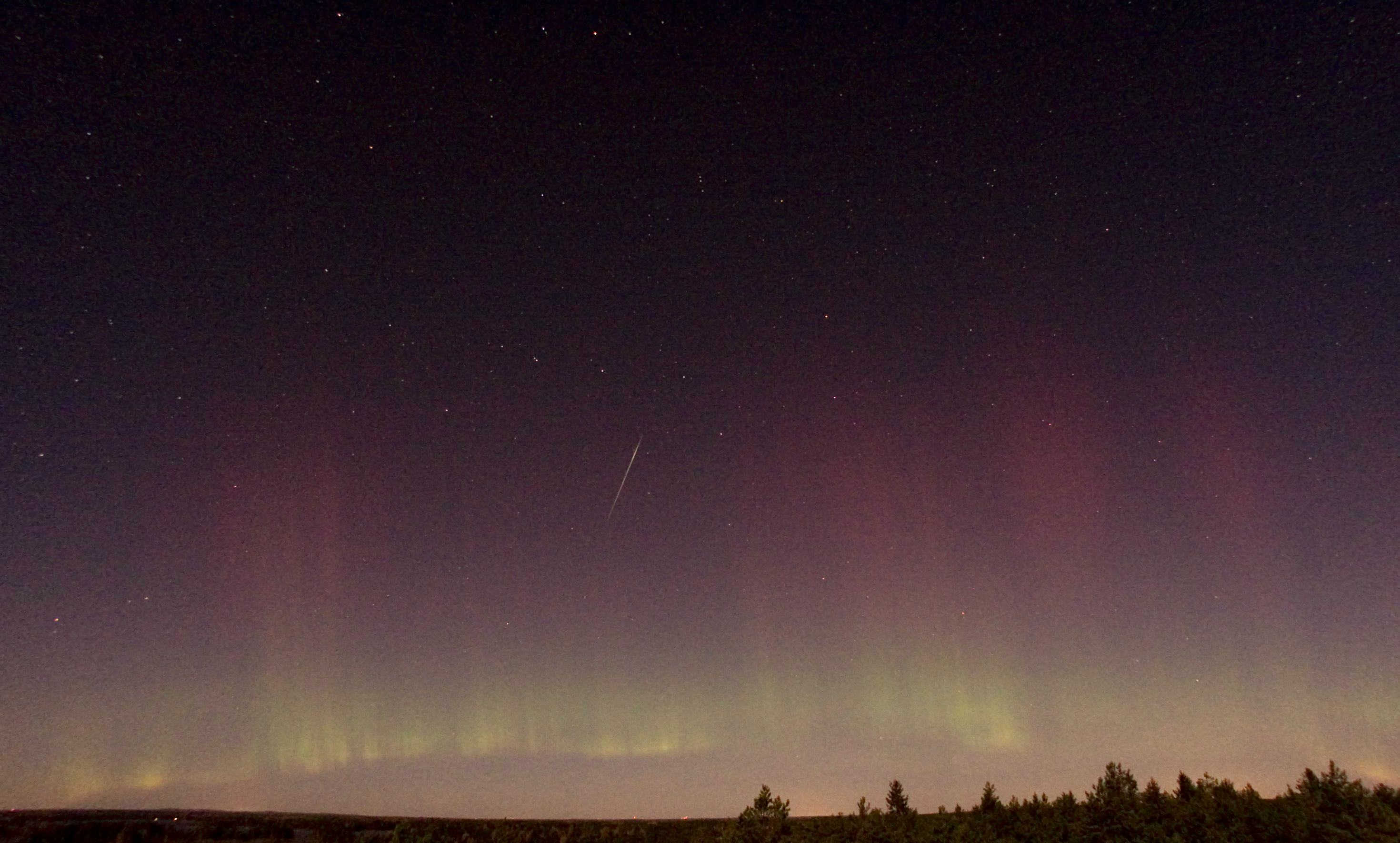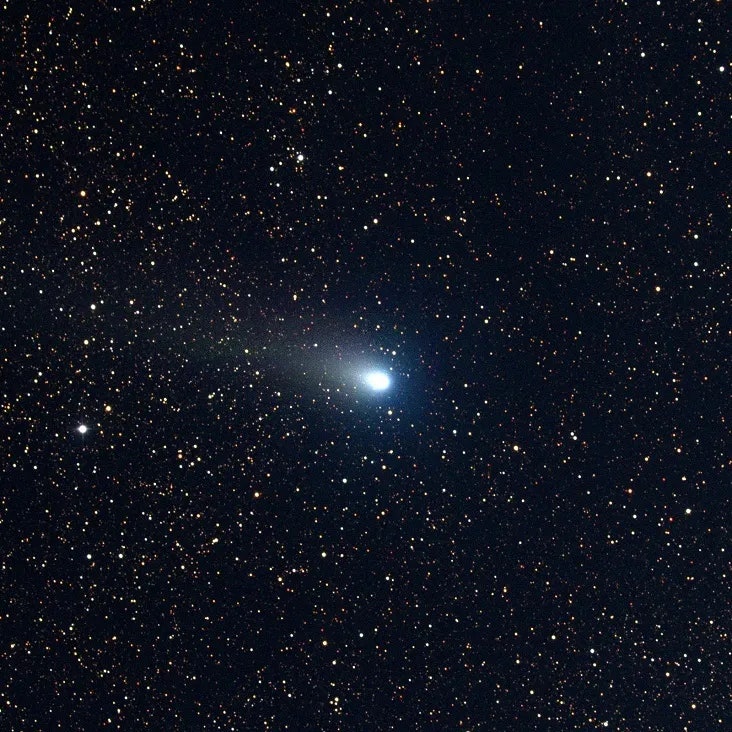
Time is running out on this year’s Draconid meteor shower, a night sky display courtesy of 21P/Giacobini-Zinner (a comet with a name only an astronomer could love). The best chance for viewing this limited-time light show will happen tonight shortly after nightfall but not after midnight. Although the Draconids peaked on the evening of October 8, some stragglers will likely streak across the sky on Monday.
October is a special month for meteor showers, and the Draconids are first in line. They aren’t as famous as the Orionids that arrive later in the month, but Draconids can still make an strong appearance, especially with favorable viewing conditions. Thankfully, the Moon is currently a waxing crescent so it’s dim enough that “shooting stars” won’t be washed out by moonlight.
How do you view the Draconids?
Draconids can show up anywhere in the sky, but if you trace them back to where they appear to emanate, you’ll find the constellation Draco (the Dragon). This point is highest in the sky shortly after nightfall, according to the website EarthSky, which also happens to be the best time for viewing.
“The meteors radiate from what are known as the Dragon’s Eyes – the stars Eltanin and Rastaban – in the constellation Draco,” according to EarthSky.
Once you’ve located a dark area to do your observations, avoid screens and bright light for at least half an hour so your eyes can adjust (and if you need some visibility, use only red light). One pro tip is to lay flat on your back to optimize the range of the sky you can see at one time.
What creates the Draconids?

The Earth shares its orbital plane with other celestial commuters like asteroids and comets and will often intersect with their debris fields. The Draconid meteors hail from the debris cloud of the aforementioned small comet 21P/Giacobini-Zinner, an object NASA says takes about 6.6 years to orbit the Sun.
This comet produces the Draconids by sloughing off bits and pieces as it travels through space. When Earth encounters this debris every October, the material collides with Earth’s atmosphere and illuminates the sky as bright streaks. This debris field is “not scattered uniformly,” according to EarthSky, so when Earth passes through a particularly dense part of the field, it can create a “meteor storm” with hundreds or even thousands of shooting stars visible every hour. However, this is a pretty rare occurrence as EarthSky says a Draconid meteor storm has only lit up the sky three times in the past century (1933, 1946, and 2011).
So while tonight's Draconids won't be a once-in-a-lifetime celestial event, it'll definitely whet your appetite for the Orionid meteor shower that arrives later this month.







